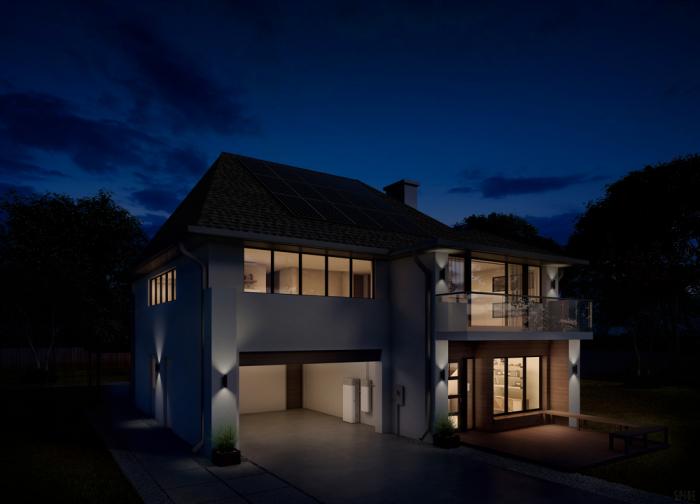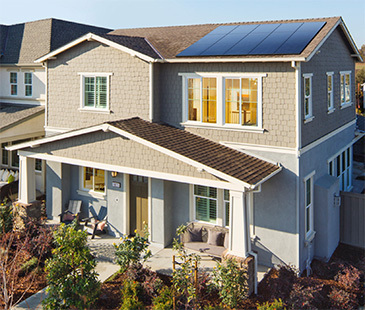
For many, this summer has been long and very, very hot. And these high temperatures have done more than just disrupt summer vacations. The extreme heat is leading many to install air conditioning in locations that previously never needed it, such as in the Pacific Northwest and northern states including Idaho and Montana. That extra strain on the grid has prompted electricity failures and rolling blackouts.
In Texas alone, residents have experienced record-breaking temperatures this summer with local meteorologists reporting daily highs of over 100 degrees for several consecutive weeks. As a result, the Lone Star State was asked to reduce electricity usage to prevent grid failure. That kind of request is nothing new for Californians that have dealt with public safety power shutoffs (PSPS) for years.
Having reliable power when extreme weather hits is no longer just about comfort. It can have a major effect on your life from disrupting your work from home to draining your bank account. So, it’s worth asking: when the grid is so overtaxed, could distributed resources like solar energy help the grid become more reliable?
The rise of renewables
The transition to renewable energy is well underway. Wind and solar provided a record 10% of global electricity generation in 2021. In the U.S., renewable energy contributed about 20% of total electricity last year, according to the Energy Information Administration.
But we still have work to do. While global energy consumption declined during the pandemic, energy use has more than rebounded, increasing 5.5% in 2021, the biggest jump since the 1970s. All of this growth is good news for the economy but challenging for grid infrastructure.
Rooftop solar helps the grid keep powering
Home solar systems can benefit grid reliability. First, solar energy directly reduces demand on the electrical grid during peak times. A home with rooftop solar does not need as much electricity from the grid because its solar panels often generate enough energy to meet the home’s needs.
Second, solar + storage can improve the resiliency of the grid during extreme weather events that are becoming more commonplace due to the impact of climate change. This is because solar energy systems can often operate in an off-grid function, freeing up electricity for the rest of the community.
It’s all about independence
We all like the freedom to adjust our thermostats as we choose. One way to achieve energy independence for your own personal comfort (and costs) is to install a solar system with backup power. The SunPower Sunvault® storage system, for example, enables consumers to choose whether to send excess energy back to the grid or store the energy for use during a high-demand event, whether that event is a spate of extremely hot weather or a PSPS event planned by California utility providers like PG&E.
In fact, solar + storage played a unique role for The Golden State in early September when a massive heatwave challenged California’s grid. An analysis conducted by the California Solar + Storage Association (CALSSA) found that distributed solar batteries can save the day when Mother Nature takes a toll. California now hosts over 80,000 batteries that are connected to the electrical grid and are capable of providing 900 MW of clean energy. This was just what the state needed on September 6, 2022. When demand skyrocketed, these solar batteries kicked into gear and prevented residents from experiencing any sort of power outage. Since then, this event has become a prime example of what the future of clean energy looks like with backup power.
Having solar + storage provides peace of mind and helps with grid stability at the same time. As more homes switch to electric and the grid experiences even higher demands from additional loads like EV chargers, every part of our energy system, from generation to transmission to use, needs to be smarter and more resilient.

